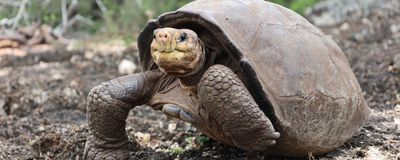Features

Do Epigenetic Changes Influence Evolution?
Katarina Zimmer | Nov 1, 2022 | 10+ min read
Evidence is mounting that epigenetic marks on DNA can influence future generations in a variety of ways. But how such phenomena might affect large-scale evolutionary processes is hotly debated.
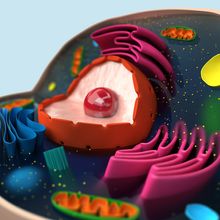
The Long and Winding Road to Eukaryotic Cells
Amanda Heidt | Oct 17, 2022 | 10+ min read
Despite recent advances in the study of eukaryogenesis, much remains unresolved about the origin and evolution of the most complex domain of life.
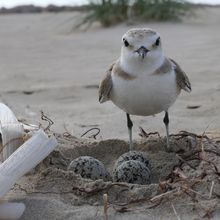
Avian Deception More Widespread Than Previously Thought
Andy Carstens | Oct 3, 2022 | 5 min read
The broken-wing display, in which birds fake being wounded to protect their nests from predators, is found across the avian phylogenetic tree, a study finds.
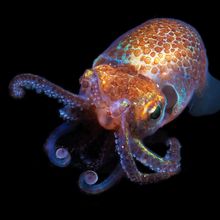
Symbiotic Organs: Extreme Intimacy with the Microbial World
Catherine Offord | Oct 3, 2022 | 10+ min read
All multicellular creatures interact with bacteria, but some have taken the relationship to another level with highly specialized structures that house, feed, and exploit the tiny organisms.
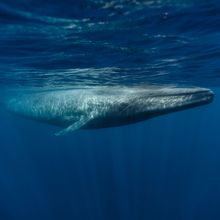
The Evolutionary Shaping of Modern Whales
Connor Lynch | Oct 3, 2022 | 4 min read
A survey of more than 200 whale skulls has unveiled bursts of evolution over the past 50 million years.

The Noncoding Regulators of the Brain
Christie Wilcox, PhD | Sep 12, 2022 | 10+ min read
Noncoding RNAs are proving to be critical players in the evolution of brain anatomy and cognitive complexity.
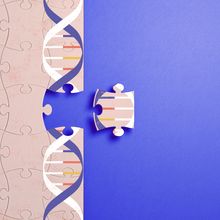
Large Scientific Collaborations Aim to Complete Human Genome
Brianna Chrisman and Jordan Eizenga | Sep 1, 2022 | 10+ min read
Thirty years out from the start of the Human Genome Project, researchers have finally finished sequencing the full 3 billion bases of a person’s genetic code. But even a complete reference genome has its shortcomings.
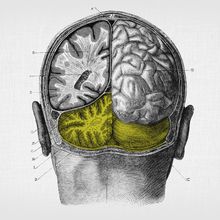
The Cerebellum’s Functions in Cognition, Emotion, and More
Diana Kwon | Aug 15, 2022 | 10+ min read
Once thought of as a mere motor coordination center, the “little brain” is now appreciated as participating in higher neurological processes.
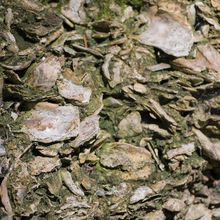
Scientists Use Sound to Attract Baby Oysters Back to the Reef
Ian Rose | Aug 15, 2022 | 5 min read
Meet the team trying to restore mollusk populations with the help of underwater speakers.

Why Did Ferns Persist When All Other Plants Perished?
Amanda Heidt | Aug 15, 2022 | 6 min read
A strange layer in the fossil record contains evidence that fern populations exploded following the mass extinction that ended the Cretaceous period. Scientists want to know why.

The Unusual Functions of Geosmin
Connor Lynch | Aug 1, 2022 | 5 min read
The compounds responsible for the earthy smell of recent rain are produced by a wide variety of bacteria and fungi. Recent research sheds light on why microbes bother.
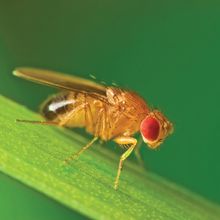
The Sex Appeal of Symmetric Songs
Mary Bates | Aug 1, 2022 | 5 min read
Female fruit flies assess the physical symmetry of male suitors through the songs they sing, a study claims.
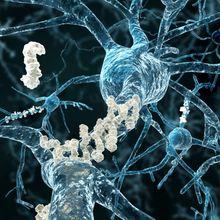
The Misunderstood Proteins of Neurodegeneration
Catherine Offord | Aug 1, 2022 | 10+ min read
The normal functions of peptides that aggregate in Alzheimer’s, Parkinson’s, and Huntington’s have been largely overlooked by scientists, but some argue that they are critical for understanding the development of disease.
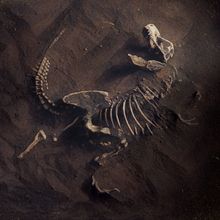
Are We in the Midst of a Sixth Mass Extinction?
Katarina Zimmer | Jul 18, 2022 | 10+ min read
Today’s extinction rates are sky-high. But scientists debate if that’s sufficient evidence to conclude that Earth is undergoing a mass extinction event—or whether that’s even a helpful designation.
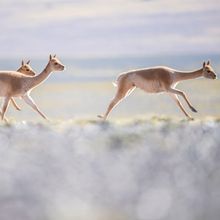
How Mange Remade an Ecosystem
Shawna Williams | Jul 5, 2022 | 5 min read
A study traces the effects of a mite outbreak from the earth to the heavens.
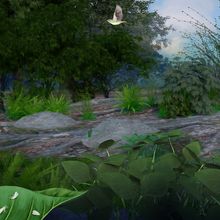
Horizontal Gene Transfer Happens More Often Than Anyone Thought
Christie Wilcox, PhD | Jul 5, 2022 | 10+ min read
DNA passed to and from all kinds of organisms, even across kingdoms, has helped shape the tree of life, to a large and undisputed degree in microbes and also unexpectedly in multicellular fungi, plants, and animals.
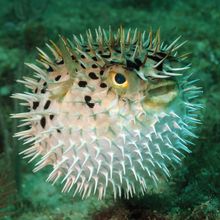
Pufferfish Don’t Need Functional Stomach, Inflate Instead
Natalia Mesa, PhD | Jul 5, 2022 | 5 min read
The fish use their stomach to swell up to three times their size. Is this why they can’t use the organ to digest proteins?

Opioid Vaccines as a Tool to Stem Overdose Deaths
Tori Rodriguez | Jun 13, 2022 | 10+ min read
Researchers are turning to the immune system for help in treating addiction and preventing overdose.
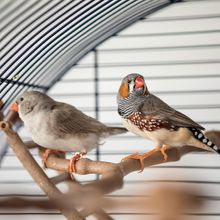
Animal Divorce: When and Why Pairs Break Up
Catherine Offord | Jun 1, 2022 | 10+ min read
Many species of birds and other vertebrates form pair bonds and mate with just one other individual for much of their lives. But the unions don’t always work out. Scientists want to know the underlying factors.
